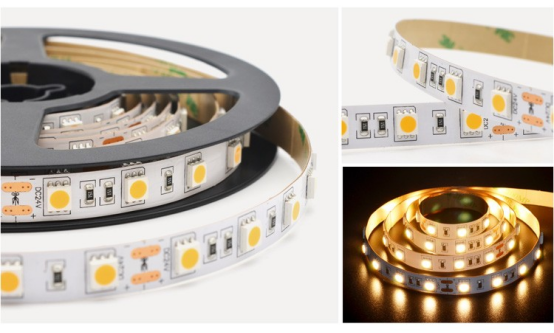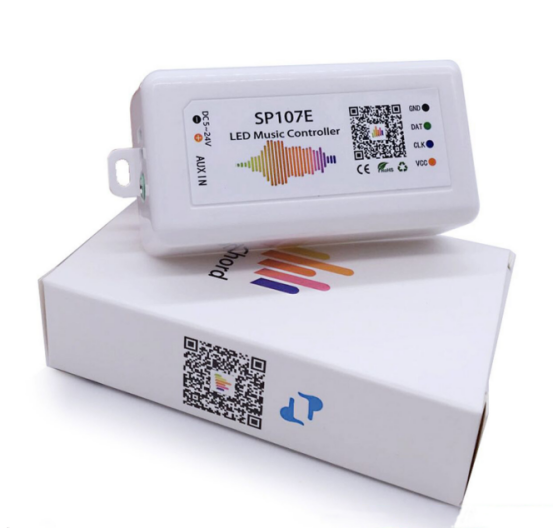Precautions For Installation of LED Strips
Precautions for installation of LED strips: Wiring method of LED strip
There are many kinds of suitable voltages for low-voltage LED strips, ranging from 5V, 12V, 24V, and 36V. Generally, DC power is used, so a switching power supply is required for power supply. The size of the power supply is determined according to the power and connection length of the LED strip. The wiring of the single-color 5050 SMD LED strip needs to distinguish the positive and negative poles. Generally, we will provide a power plug that has been soldered, just plug it directly into the LED power supply we provide. If you don’t want to use one power supply for each LED light strip, you can buy a relatively high-power switching power supply as the main power supply, and then connect all the input power supplies of all LED light strips in parallel to be powered by the main switching power supply.

Precautions for installation of LED strips: Wiring method of LED controller
The LED light strip with IC needs to use the controller to realize the changing effect of the light. When wiring, the light strips with IC are generally common anode, that is to say, one of the LED light strips is positive, and the others are negative. The control distance of each controller is different. Generally speaking, the control distance of the simple controller is 10 to 15 meters, the control distance of the remote controller is 15 to 20 meters, and the longest distance can be controlled to 30 meters.

Precautions for installation of LED strips: Pay attention to the connection distance of the LED strip
Generally speaking, the longest connection distance of LED strips is 20 meters. If this connection distance is exceeded, the LED strip will easily heat up, which will affect the service life of the LED strip during use. Therefore, when installing, it must be installed according to the manufacturer's requirements, and the LED light strip must not be overloaded.

 EN
EN
 AR
AR BG
BG HR
HR CS
CS DA
DA NL
NL RU
RU FR
FR DE
DE EL
EL HI
HI IT
IT JA
JA KO
KO NO
NO PL
PL PT
PT RO
RO ES
ES SV
SV TL
TL IW
IW ID
ID LV
LV LT
LT SR
SR SL
SL UK
UK VI
VI HU
HU TH
TH TR
TR MS
MS SW
SW BE
BE HY
HY AZ
AZ KA
KA UR
UR BN
BN CEB
CEB HA
HA JW
JW KM
KM FI
FI